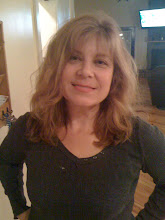How can we apply constructivism to our classrooms?
- Give them options to write about that are meaningful to them.
- Read aloud—summarize to class—interpret meaning and why its interesting to them.
- Write/create simulations that put them in the situation while learning the concepts.
- Questioning why they come up with the solutions they do.
- Stations—read, application, research
- Changing the titles—facilitator—learners at one point my “facilitator” role may be changed to learner and the student to “facilitator.”
- Structuring learning around Primary Concepts-So what—why do I need to know?
- Posing problems of emerging relevant to students.
- Structure learning around primary concepts.
- Seeking and valuing students’ point of view.
- Adapting curriculum to address students’ suppositions.
- Assessing student learning in the context of teaching.

